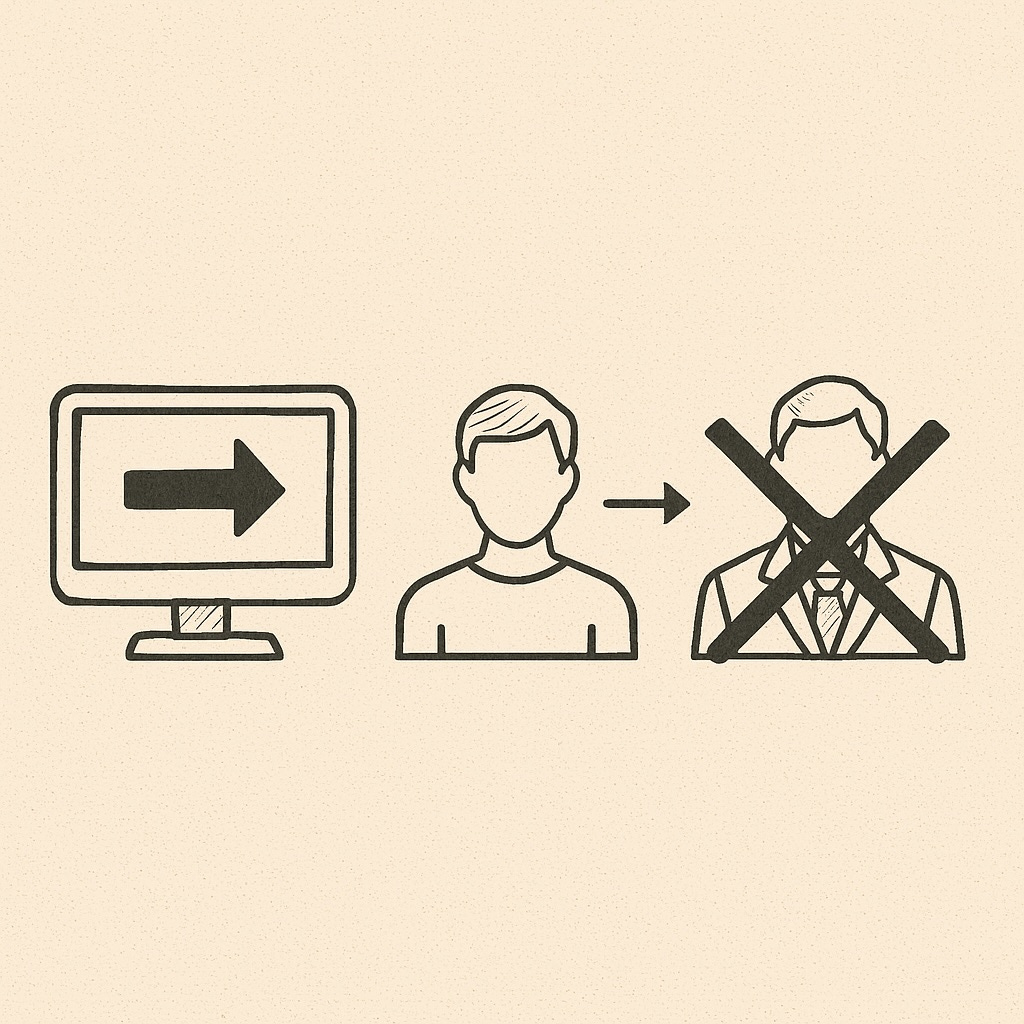If You Can Invent It, You Can Draft It
Digitalization is empowering DIY patents and accelerating disintermediation
A core belief behind this newsletter is that, with the right tools, anyone can draft a strong, defensible patent—a bulletproof patent. There are three reasons why the DIY (Do-It-Yourself) approach will work for patents:
As the inventor you have the best knowledge about the invention.
AI tools for search and drafting can make up for any deficiencies you may have.
Patent Offices allow inventors to draft and file patents on their own.
In practice, many jurisdictions allow inventors to draft, file and prosecute patents essentially supporting a DIY approach to patenting. The logic is not difficult to understand. If you can invent it, you can as well draft it and file it. The USPTO, like other patent offices, allows applicants to file applications pro se (latin term meaning "for oneself").
The bestselling book on patent law, Patent It Yourself, is a DIY guide that predates the ChatGPT era. It remains a powerful testament to the idea that inventors can handle the process themselves.
Yet, patent law in the last few decades has evolved into a specialized field with complex rules and requirements, often necessitating the help of uniquely qualified professionals—patent agents or patent attorneys—to guide the inventor through its intricate landscape. But historically, this was not always the case. There used to be time when inventors could walk into the patent office with a miniature working model of their invention and could get a patent granted just like that. But all that changed with the advent of the speechwriters.
The Speechwriters
The patent specification can be seen as the inventor’s formal speech, translating a physical creation (the invention) into a textual representation. Traces of its origin in spoken expression remain evident today, particularly in the way claims are still framed in the first person using preambles like "I claim" or "We claim". Historically, the appearance of the patent specification marked a major shift in patent law, moving away from working models toward written disclosures. This transition laid the groundwork for the modern patent system, which focuses on how these documents are drafted, registered, and interpreted.
Patent specifications now serve as techno-legal documents that balance technical and legal content for varied audiences. Their complexity has given rise to a specialized profession of patent agents and attorneys—speechwriters of a special kind who draft these documents—while the Patent Office acts as the evaluator of this technical discourse, ensuring the invention meets legal standards of novelty and utility.
Viewed this way, patents—often cross-citing other patents—form a continuous, evolving conversation in technical language, charting the development and refinement of ideas over time.
Digitalization causes disintermediation
Several industries have undergone digital transformation leading to the disintermediation of traditional middlemen. In publishing, platforms like Substack allow writers to directly reach and monetize their audiences via newsletters, bypassing traditional publishers and media outlets who once controlled distribution and revenue. In travel, online platforms such as Airbnb and Booking.com have significantly reduced the role of traditional travel agents, enabling property owners and travelers to connect directly. In transportation, apps like Uber have replaced traditional taxi dispatch services by connecting drivers and passengers directly through a digital platform, eliminating the need for centralized booking systems or taxi companies. In each case, digitalization enabled service providers or creators to bypass intermediaries through direct access to tools, customers, and monetization mechanisms.
Digitalization eliminates the need for intermediaries, particularly in sectors where the digital tools can fully replace human involvement. This is especially evident in industries where digital and AI technologies have the potential to radically disrupt traditional models. Substack is an excellent illustration of disintermediation. Substack gave writers the tools to publish, distribute and monetize their work directly without relying on traditional publishers, medial outlets or editors. By connecting readers directly to the writers, Substack eliminated the middleman and redistributed the power to individual creators.
Types of disintermediation
If we look at the lifecycle of a patent, we can see two parts, namely patent prosecution and patent enforcement. The following image shows the lifecycle in the form of a line graph where TF is the time of filing of application, TG is the time of grant and TE is the time of expiry. The time between TF and TG pertain to the events that happen within the patent office which is known as patent prosecution. The time between TG and TE usually happens in the courts which is known as patent enforcement.
Almost every event in patent prosecution—drafting, search, filing, replying to office action, amendment—can be done digitally. With the advancement in AI tools on patent drafting and patent search, there will be little or no need for intermediaries in this stage of the patent lifecycle. Thus, we could witness Complete Disintermediation in the patent prosecution stage. Due to the nature of patent enforcement which requires skills of strategy, conducting trial, negotiation etc, the need for human intermediaries (like lawyers, courts and enforcement agencies) will be more pronounced compared to patent prosecution. We could witness a Partial Disintermediation in the patent enforcement stage with the use of digital tools that can aid enforcement.
Will disintermediation eliminate the need for patent agents and patent attorneys? When the banking sector underwent digitalization, it was feared that many who worked in the banks would lose their jobs. Well that didn't happen. Rather, the employees of the bank were reskilled as financial managers and advisors. If complete disintermediation becomes a reality, expect an evolution in the role of patent agents and patent attorneys.
Notes:
Attorney, David Pressman, and David E. Blau Attorney. Patent It Yourself: Your Step-by-Step Guide to Filing at the U.S. Patent Office. Twentieth edition. Berkeley, California: NOLO, 2020.





